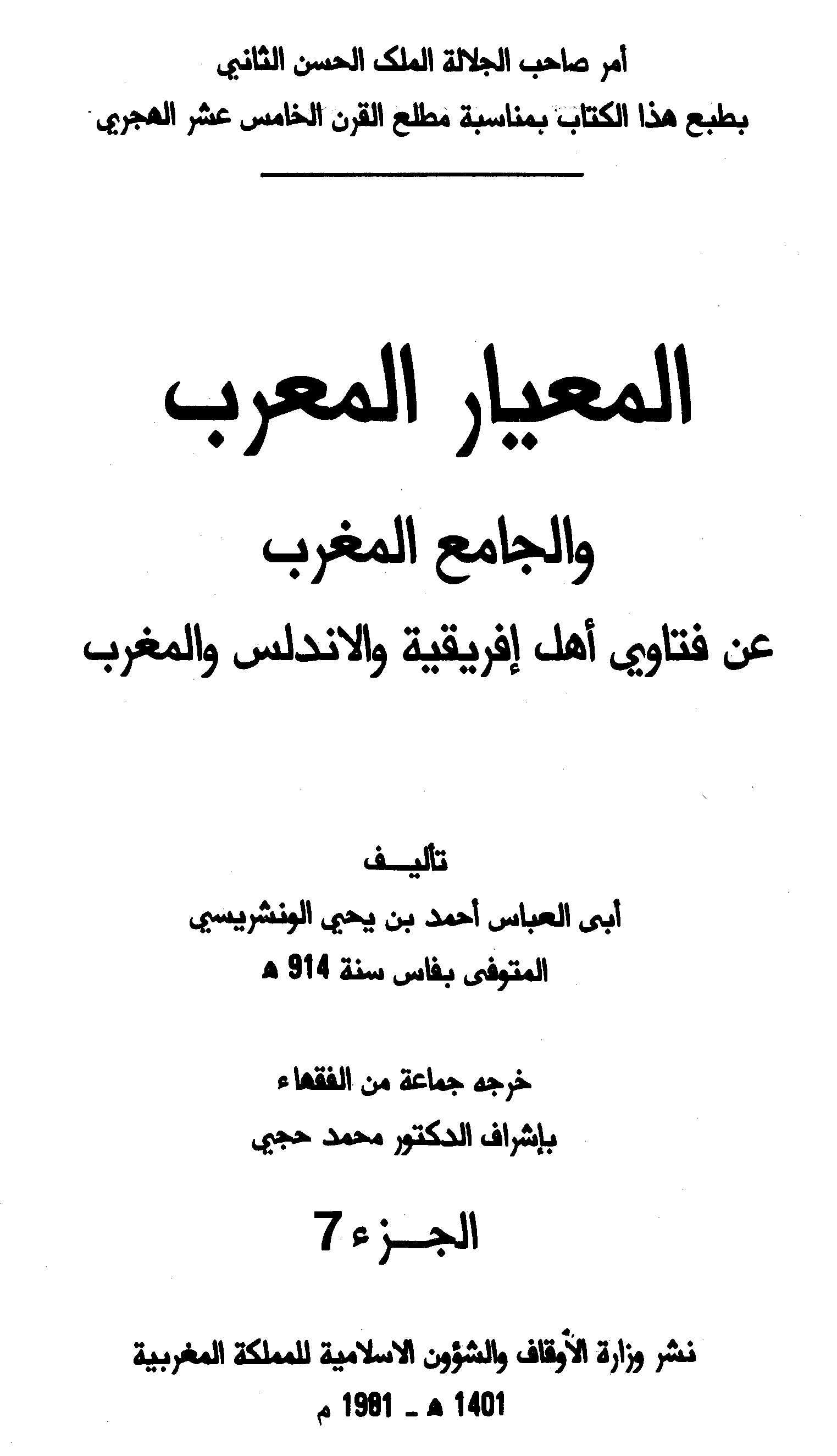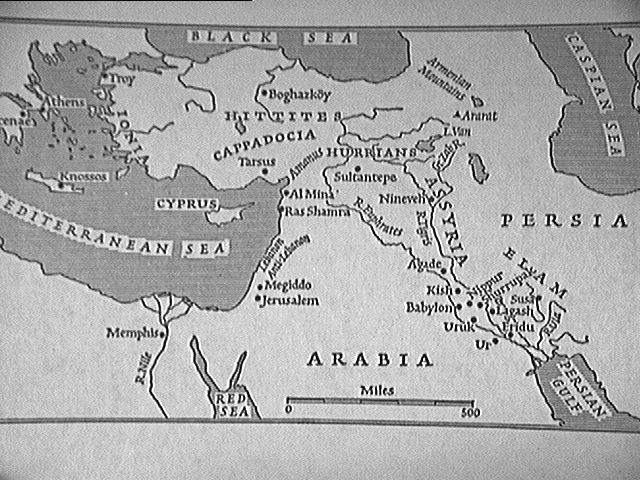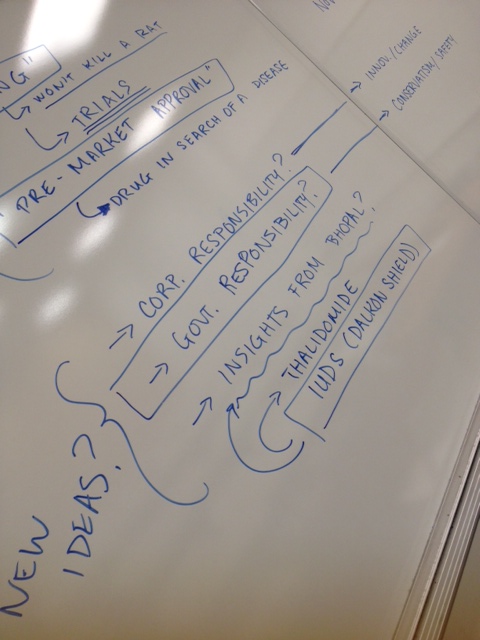Essay on Cotton Textile Industry in India.
Essay on Cotton Textile Industry in India Subject Matter of Cotton Textile Industry:. The cotton textile industry is one of the oldest and firmly established. Problems of Cotton Textile Industry in India:. Obviously, these have resulted in closure of 121 mills as on March 1988. Remedial Measures.
Cotton textiles are divided into three types of factories. First, the cotton is sent to the spinning mills where it is converted to fiber, then the fiber is sent to the weaving mills where it is weaved by the use of machines to make cloth. Then the cloth is sent to the stitching units where it is stitched to make clothes.

Article Shared By Cotton is a soft downy substance like fine wool. It is cultivated almost all over the world, but mainly in U.S.A., India, Egypt and Brazil. In India, it is largely grown in the Deccan, Punjab, U.P Tripura and Assam.

Essay on the growth of Cotton Textile Industry in India; Information on Handloom and Power loom Industry of India. Short essay on Jute Textiles (India) PreserveArticles.com is an online article publishing site that helps you to submit your knowledge so that it may be preserved for eternity. All the articles you read in this site are.
Cotton textile is an indigenous industry because it was started and developed by pre dominantly Indian capital and entrepreneurship. At present India stands third in the world in the production of cotton textile. It is one of the largest industries in terms of employment and industrial production.

Essay. The Industrial Revolution played a major role in transforming the production and consumption of textiles in nineteenth-century Europe. The importance of the textile industries to the development of the factory system cannot be overestimated.

Any opinions, findings, conclusions or recommendations expressed in this material are those of the authors and do not necessarily reflect the views of UK Essays. The textile industry, being one of the most significant sectors in the Indian economy, has been a key focus area for the Government of India.

Colourful, printed cotton fabrics are the ideal fabrics for your first few sewing projects. If you’re looking for plain or patterned cotton fabric, you’ve come to the right place! Get inspired by our selection of cotton fabrics and discover our range of different textures, colours and cheerful motifs.

Thank you Katie for the very prompt reply to my order. I first met you when you came to Chester P’s and Q’s years ago. I’m glad to see that your successful with your online shop.

Essay. Trade In the international commerce of the pre-industrial era, spices and textiles were the principal commodities. India in particular was known for the quality of its textiles, and for centuries was involved in a brisk trade with Far and Southeast Asia.

The cotton fiber forms around the seeds of the cotton plant. It helps carry the seeds long distances on the wind so the baby plant can grow up far away. Early humans realized that the soft, fluffy fibers might be suitable for textile use and began to breed the plant, selecting for fluffy, easily spun varieties.
A textile fabric is a cloth that has been woven, knitted, tufted, knotted, or bonded together using natural or synthetic threads, yarns, and other materials. Popular fabrics include cotton and.

Fabrics All fabrics are created from tiny hair-like fibers. These can be less than an inch in length or long, strands that goes on and on. These fibers are mixed by twisting them together making a yarn. The yarns are woven, knitted or they are ironed onto the fabric. Manufactured Fibers.
.PNG)



